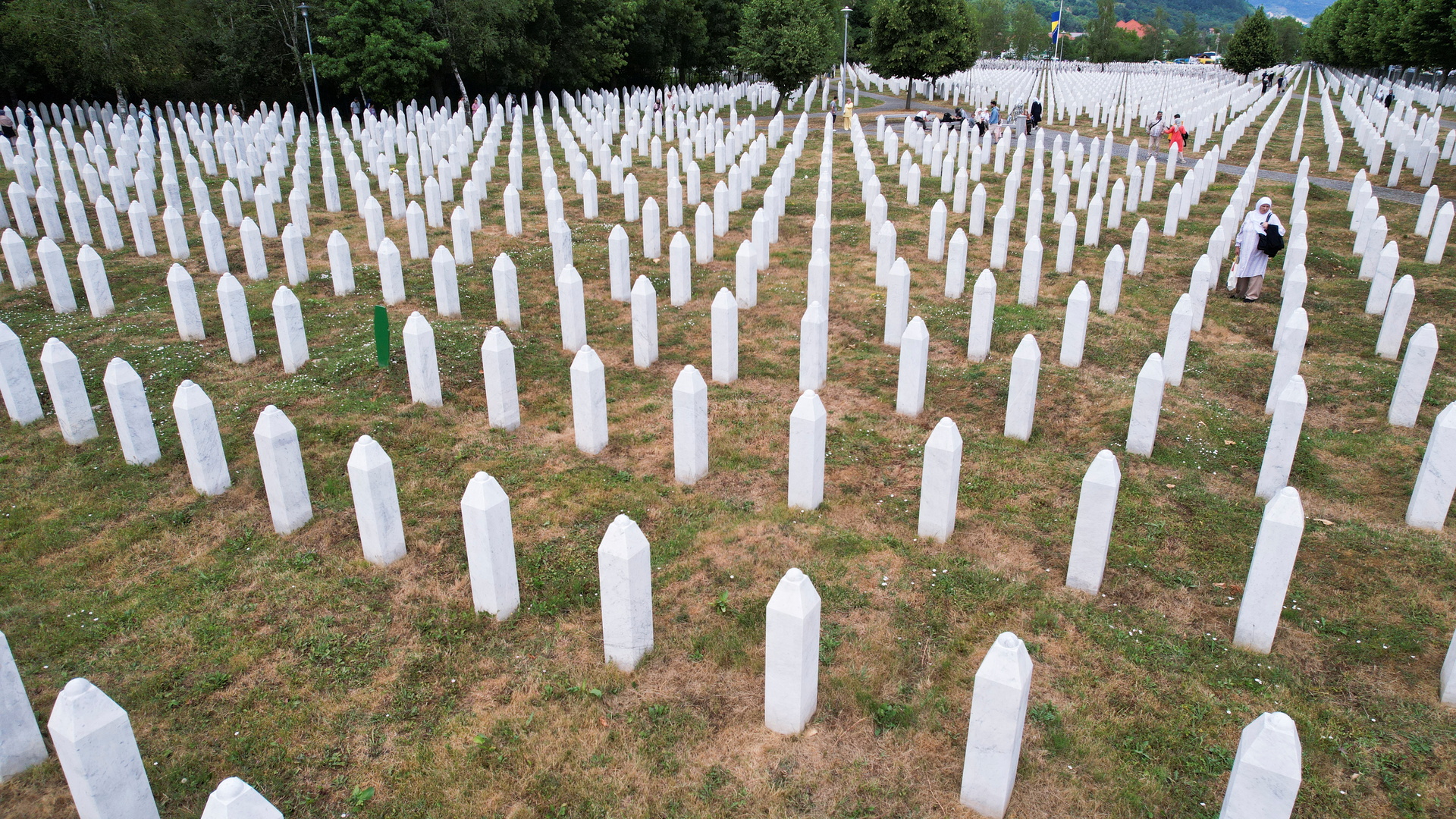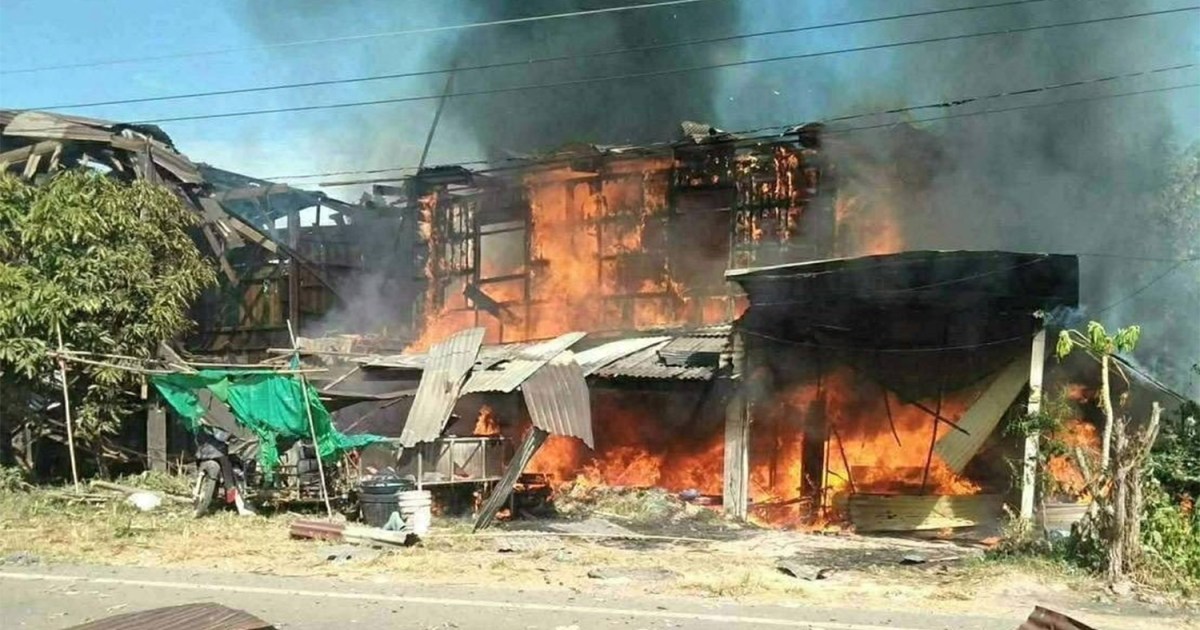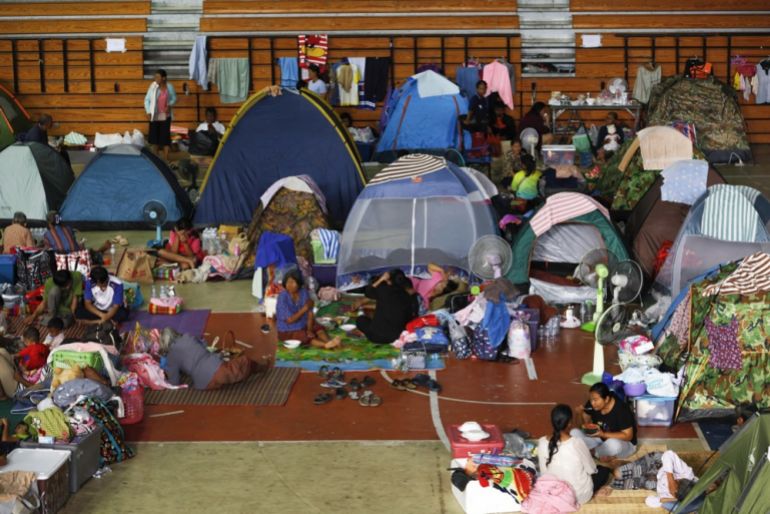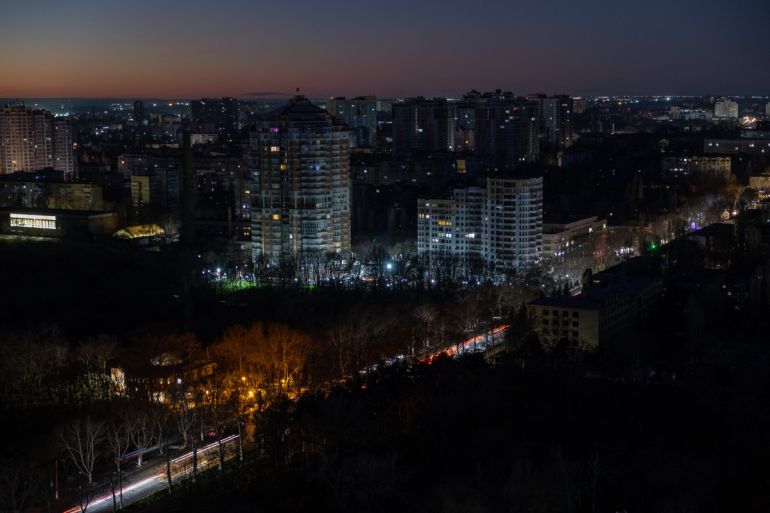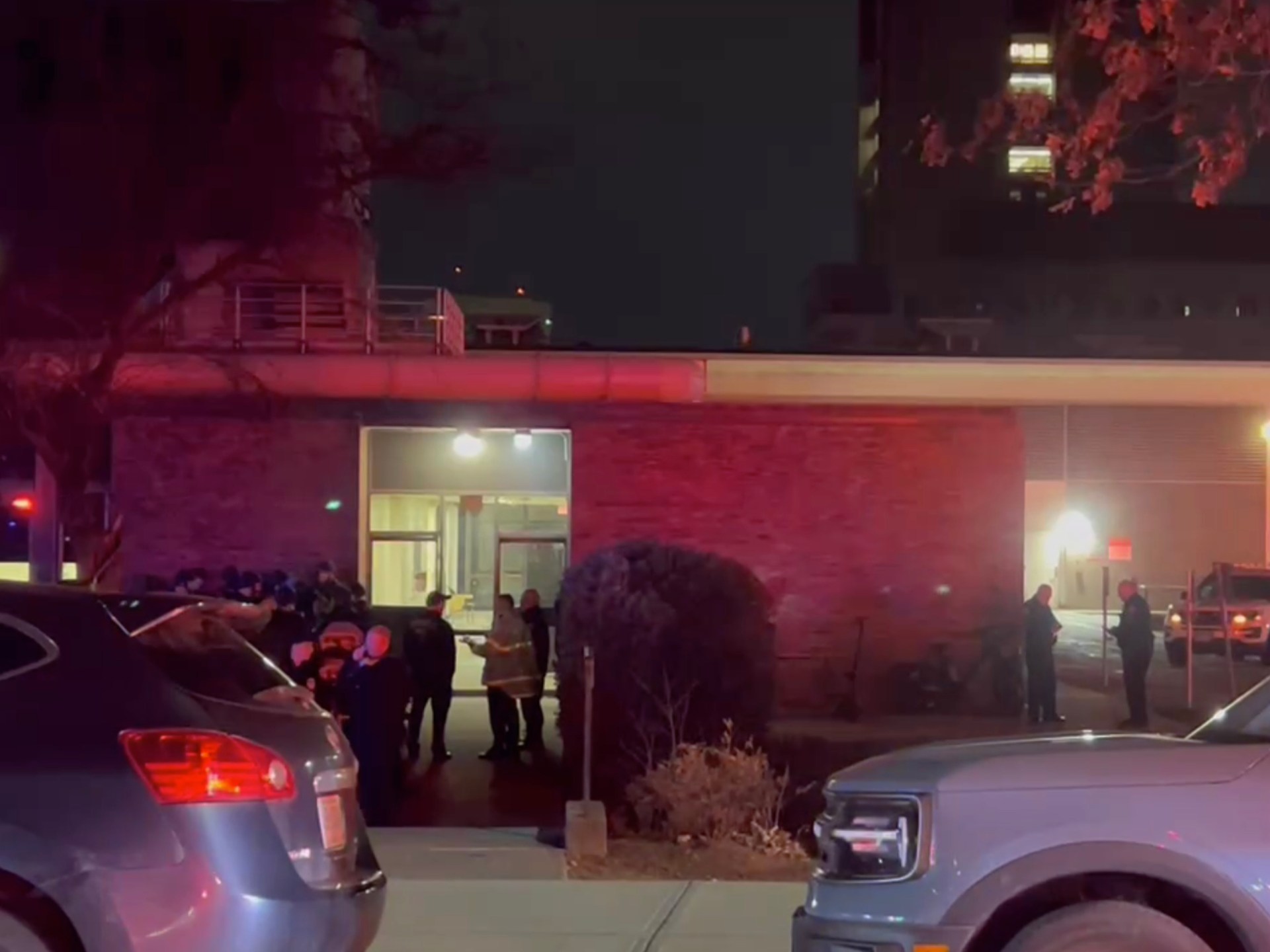Mayor Brett Smiley of Providence, Rhode Island, has confirmed that two people have been killed and eight more are critically injured after an active shooter was reported on the campus of Brown University.
Exams were under way on Saturday when the shooting began on the Ivy League campus in the United States.
Recommended Stories
list of 3 itemsend of list
The suspect remains at large, according to Rhode Island officials. They described the suspect as a man dressed in black who left the scene on foot, and they added that no weapons had been recovered.
At a news conference afterwards, Smiley said that university leaders became aware of the shooting at about 4:05pm local time (21:05 GMT), when a 911 call was received by emergency responders.
“I can confirm that there are two individuals who have died this afternoon, and there are another eight in critical status, though stable, at Rhode Island Hospital,” Smiley said.
“Those are the only injuries or casualties that we know at this time,” he added. “ But as I mentioned – and it’s important to remind folks – these numbers may change. We are still in the early hours.”
Smiley declined to identify the shooting victims, emphasising that the investigation was ongoing.
At approximately 4:22pm local time (21:22 GMT) on Saturday, the university issued an emergency update that there was a gunman near the Barus and Holley engineering and physics building.
“Lock doors, silence phones and stay hidden until further notice,” the university said in its update.
“Remember: RUN, if you are in the affected location, evacuate safely if you can; HIDE, if evacuation is not possible, take cover; FIGHT, as a last resort, take action to protect yourself.”
Upon arriving at the scene, law enforcement swept the building, according to Providence police chief Timothy O’Hara.
“They did a systematic search of the building. However, no suspect was located at that time,” O’Hara said. “They were able to clear that building and provide a safe place for all of the students and faculty and workers that were in that building to meet at.”
He added that it is not clear yet how the suspect entered the building but that he exited onto Hope Street.
At 5:27pm local time (22:27 GMT), Brown University reported that shots had been fired near Governor Street, approximately two blocks away from the engineering and physics lab.
In the lead-up to the news conference, it was unclear if law enforcement had detained a suspect, as conflicting reports circulated online.
The university, for instance, had to withdraw an early announcement that a suspect had been apprehended, writing, “Police do not have a suspect in custody and continue to search for suspect(s).”
US President Donald Trump published a similar retraction on his online platform, Truth Social, after erroneously posting at about 5:44pm (22:44 GMT) that the suspect was in custody.
“I have been briefed on the shooting that took place at Brown University in Rhode Island,” Trump also wrote. “The FBI is on the scene.”
Law enforcement remains on site at the university. The incident is currently under investigation.
Saturday’s shooting is the second major incident of gun violence on a university campus this week.
Just four days ago, on December 9, Kentucky State University in the southern city of Frankfort also experienced gunfire on campus, killing one student and leaving a second critically injured. The suspect in that case was identified as Jacob Lee Bard, the parent of a student at the school.
The risk of gun violence has transformed the academic experience in the US, with many schools holding preparedness drills for active shooter situations.
“This is just the reality of life in America. From first graders to middle schoolers to high schoolers to students in college, they do active shooting drills. So they know how to do this,” Al Jazeera correspondent Patty Culhane said from Maryland.
“What they tell them is: Avoid. Deny. Defend,” she added, citing a popular school safety slogan.
“Avoid” stands for staying away from danger. “Deny” is meant as advice if escape is not possible: Victims are advised to find shelter, stay out of sight, and use materials to create barricades, if necessary.
“Defend” is the final step: If avoiding or denying the danger is not possible, the motto advises those in a violent situation to use whatever they can to defend themselves from harm.
Mass shootings are a relatively common threat in the US.
The Gun Violence Archive, a nonprofit that tracks shootings in the US, has documented at least 389 mass shootings this year alone. It defines mass shootings as incidents where four or more people are shot or killed, not including the perpetrator.
Schools are often a target. The nonprofit Everytown for Gun Safety reports that there have been 154 incidents of gunfire on school campuses in 2025. Those incidents resulted in 49 deaths and 135 injuries.
Saturday’s shooting comes as the academic semester winds down at Brown University. The last day of classes for the fall semester was on Thursday, and the school is in its final examination period until December 20.
At the news conference, school officials said that exams had been under way on Saturday between 2pm and 5pm (19:00 GMT and 22:00 GMT).
The seventh-oldest university in the US, Brown is considered part of the prestigious Ivy League, a cluster of private research colleges in the Northeast. Its student body numbers 11,005, according to its website.
Mayor Smiley encouraged community members to reach out to one another as the city grapples with the aftermath of Saturday’s deadly shooting.
“ It’s going to be a difficult rest of the day, difficult weeks and months ahead as this community heals,” he said. “Each and every one of us can play a small role in that, in supporting one’s neighbour.”
Governor Dan McKee, meanwhile, explained that he had been in touch with the White House, as well as other governors whose states had experienced similar shootings in recent years.
“ The unthinkable has happened,” McKee said. “ Our thoughts go out to those who have been impacted by this in any way, and we’ll continue to provide assistance to the authorities here in Providence as well as statewide.”
Trump also encouraged people to pray for the Brown community.
“I’ve been fully briefed on the Brown University situation. What a terrible thing it is,” the president said as he arrived at the White House on Saturday night. “All we can do right now is pray for the victims and for those that were very badly hurt, it looks like.”
